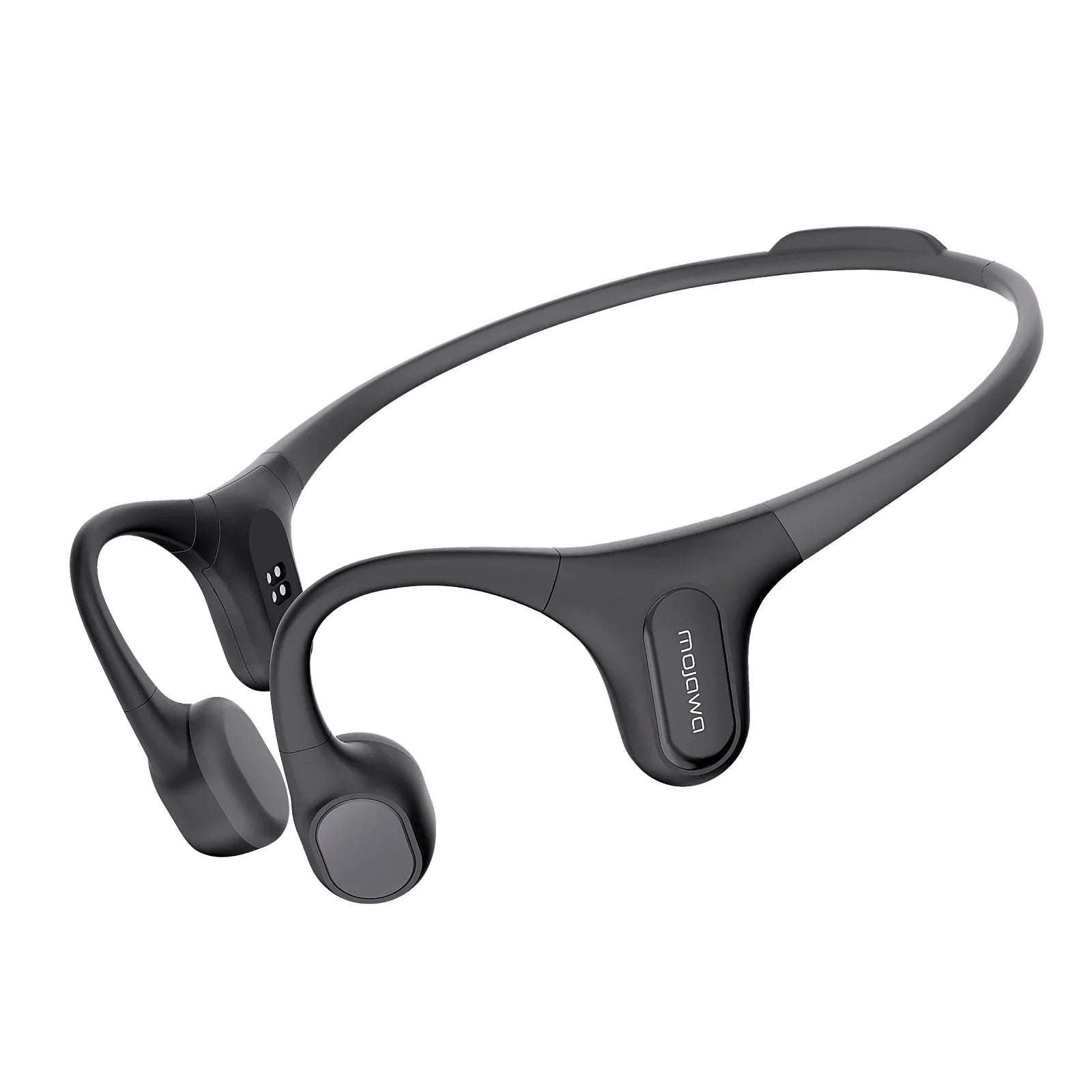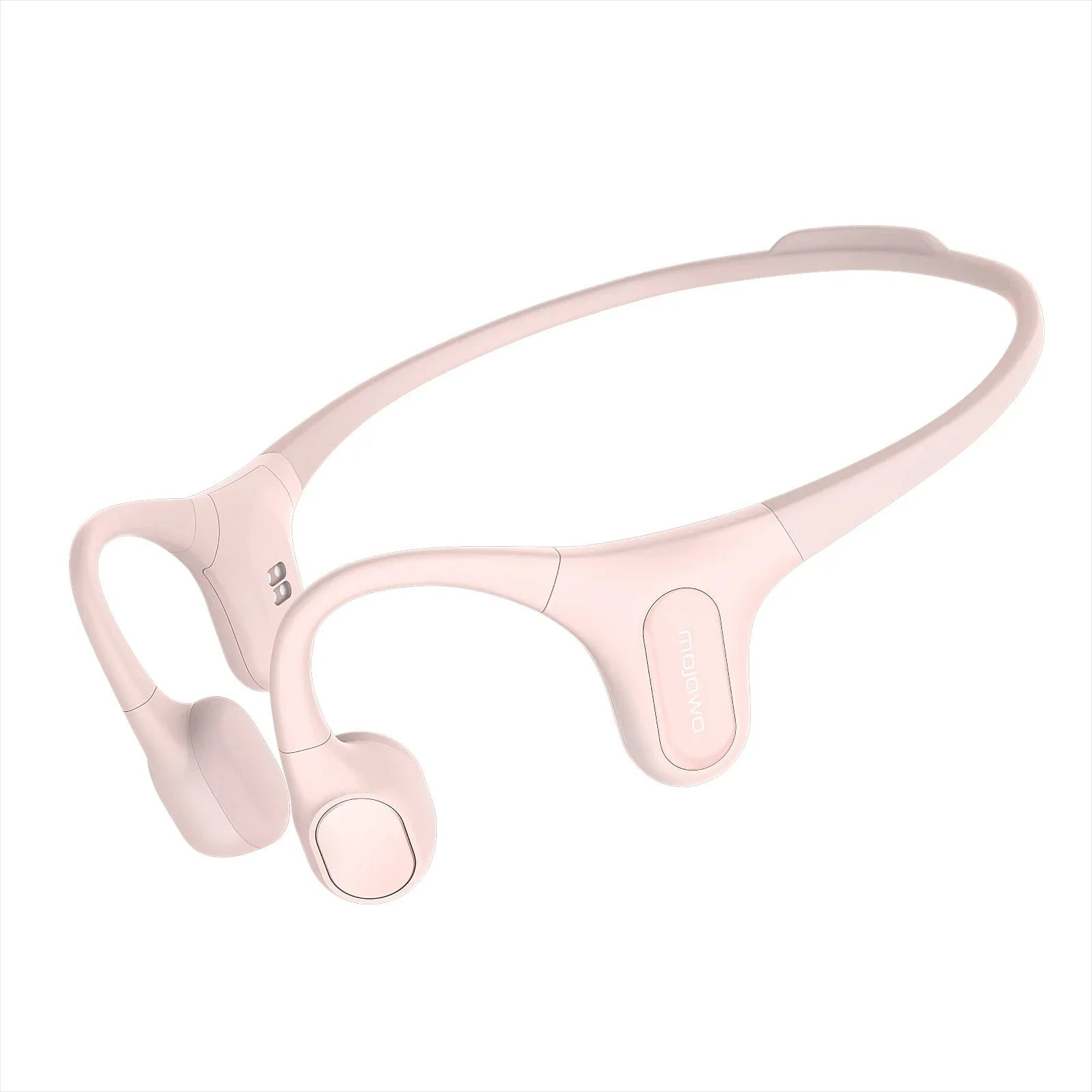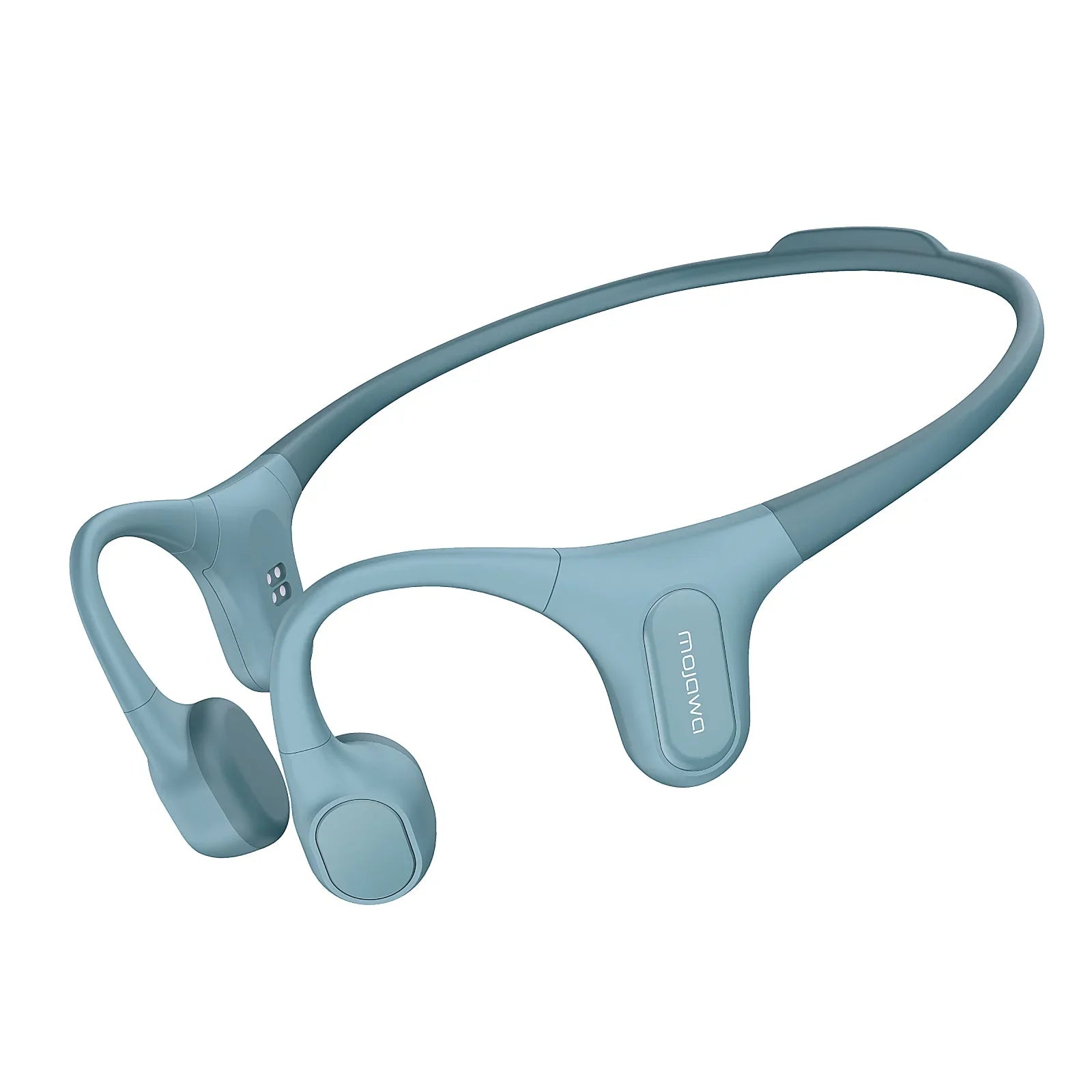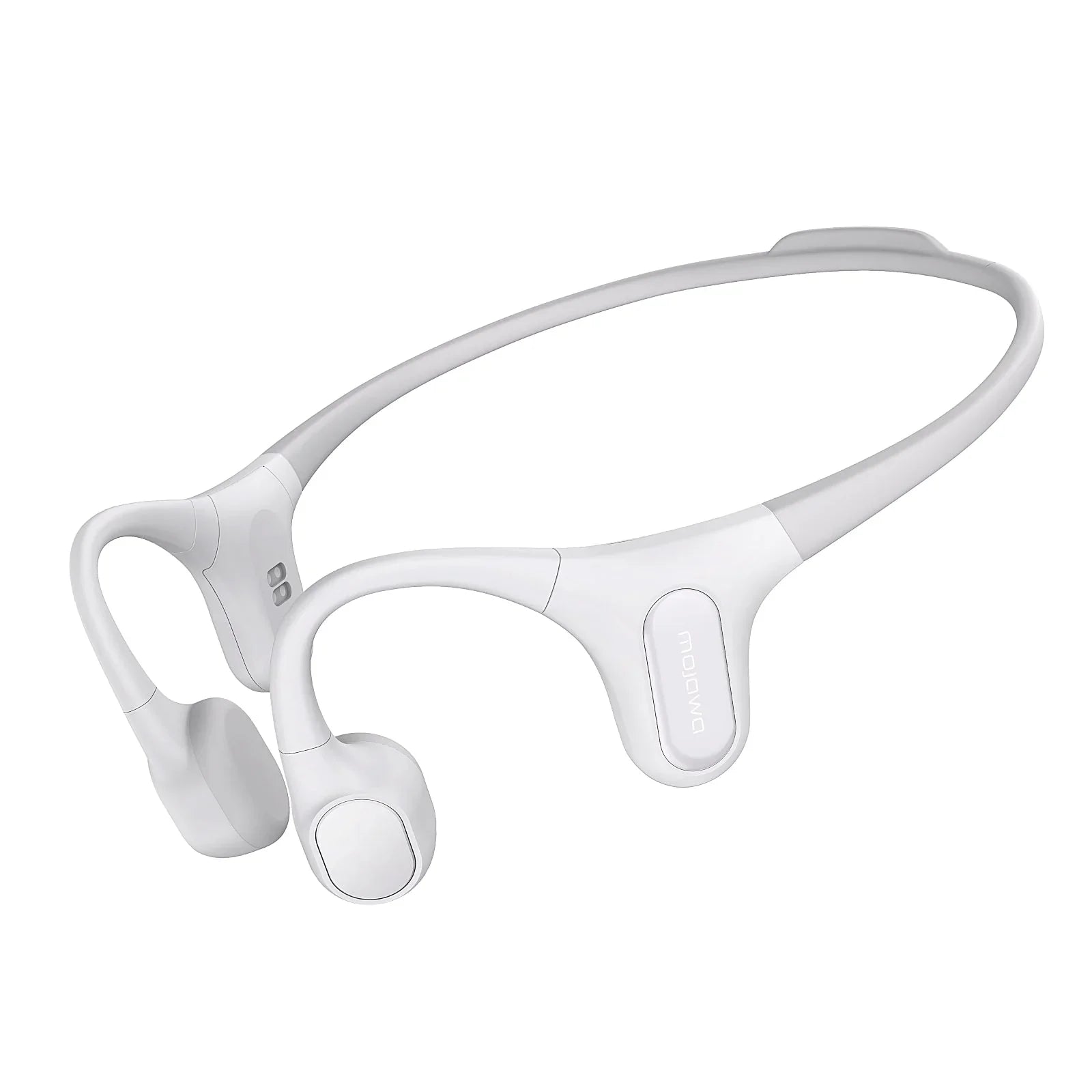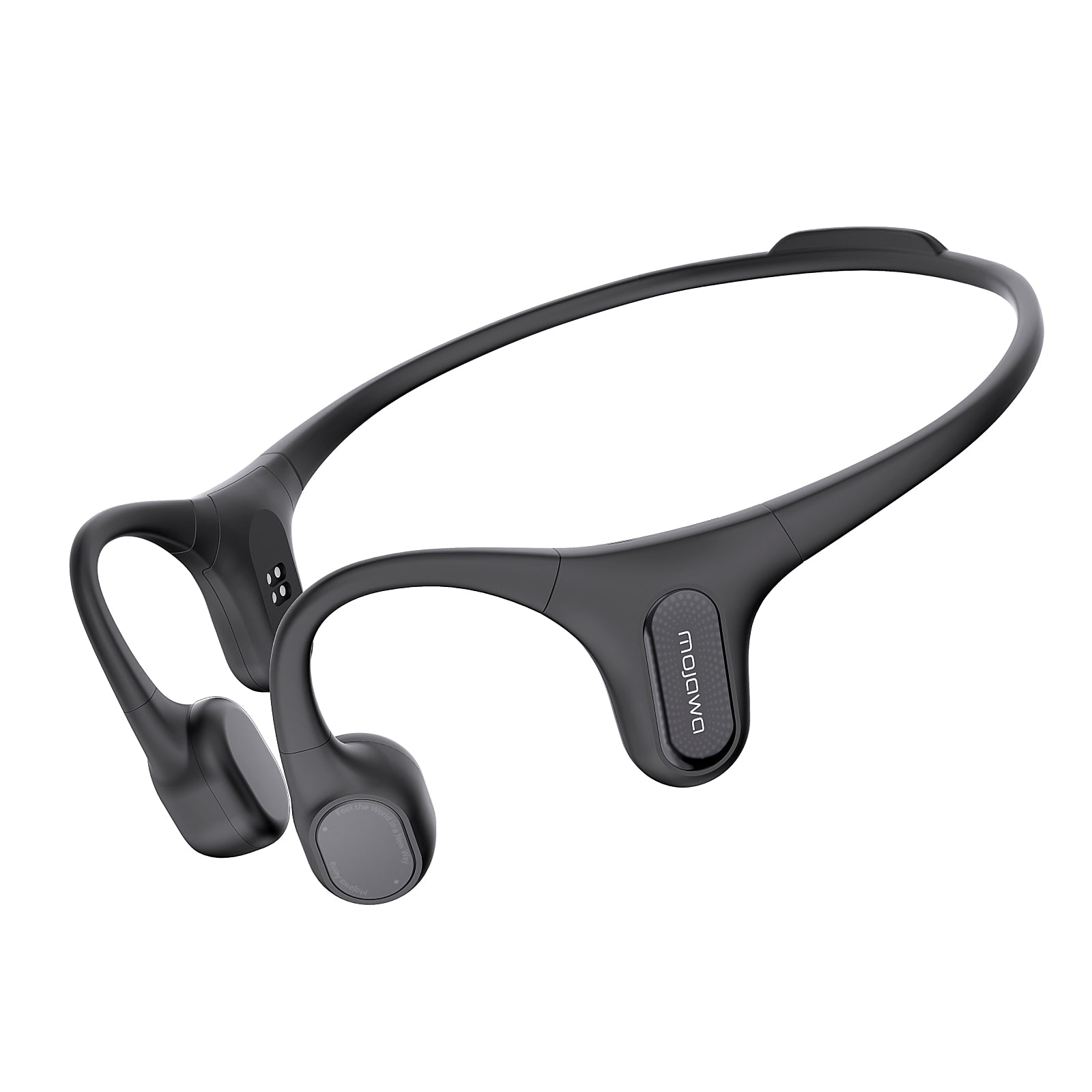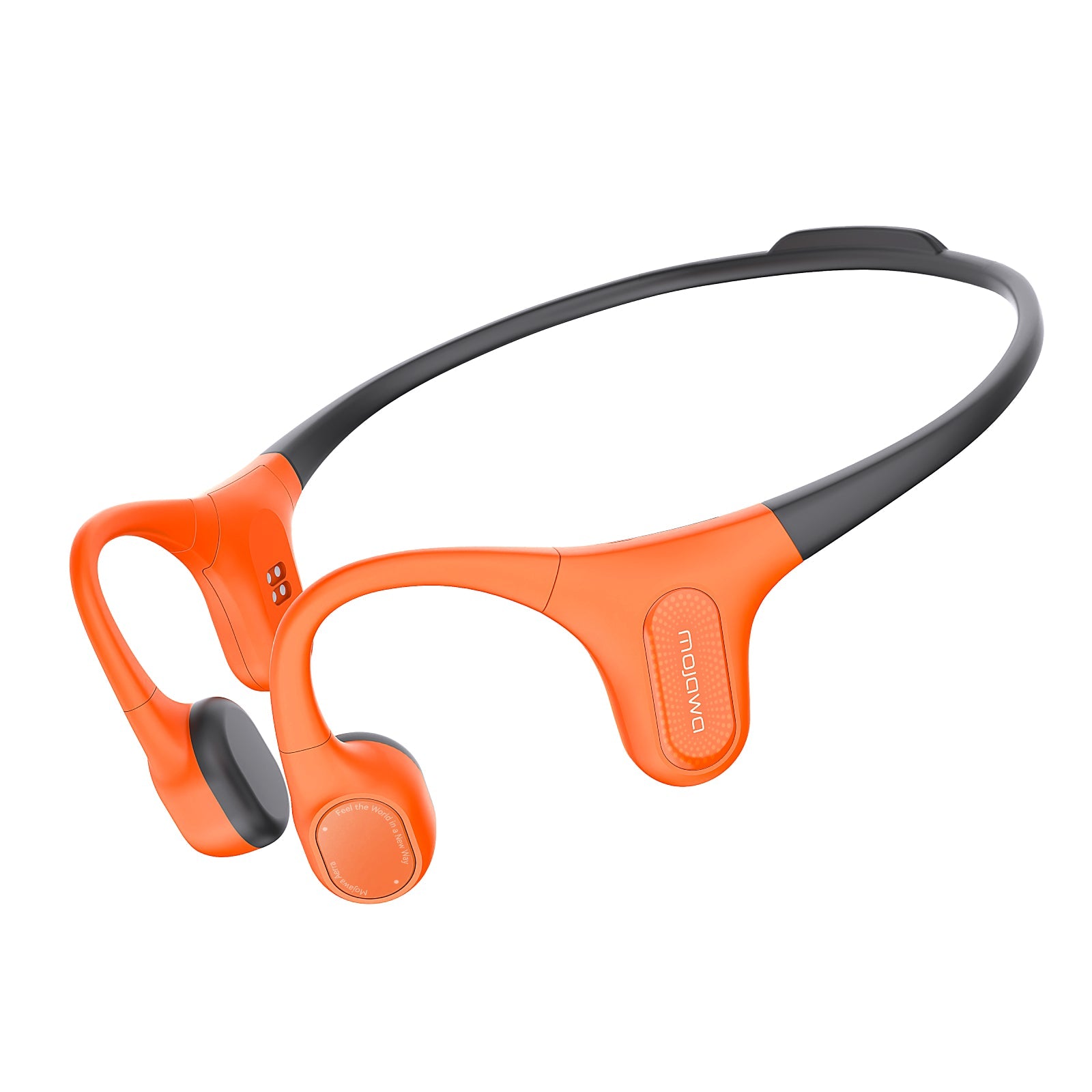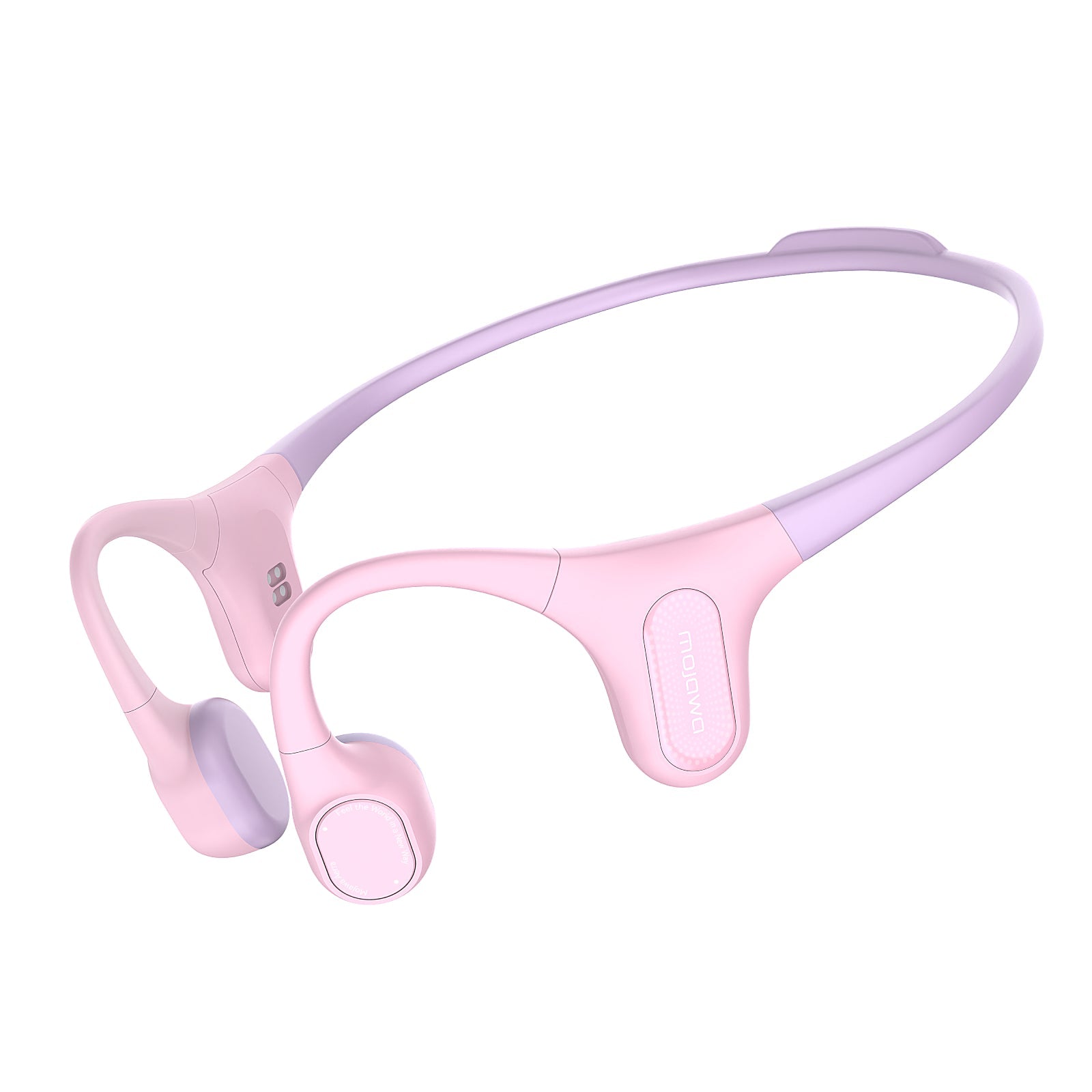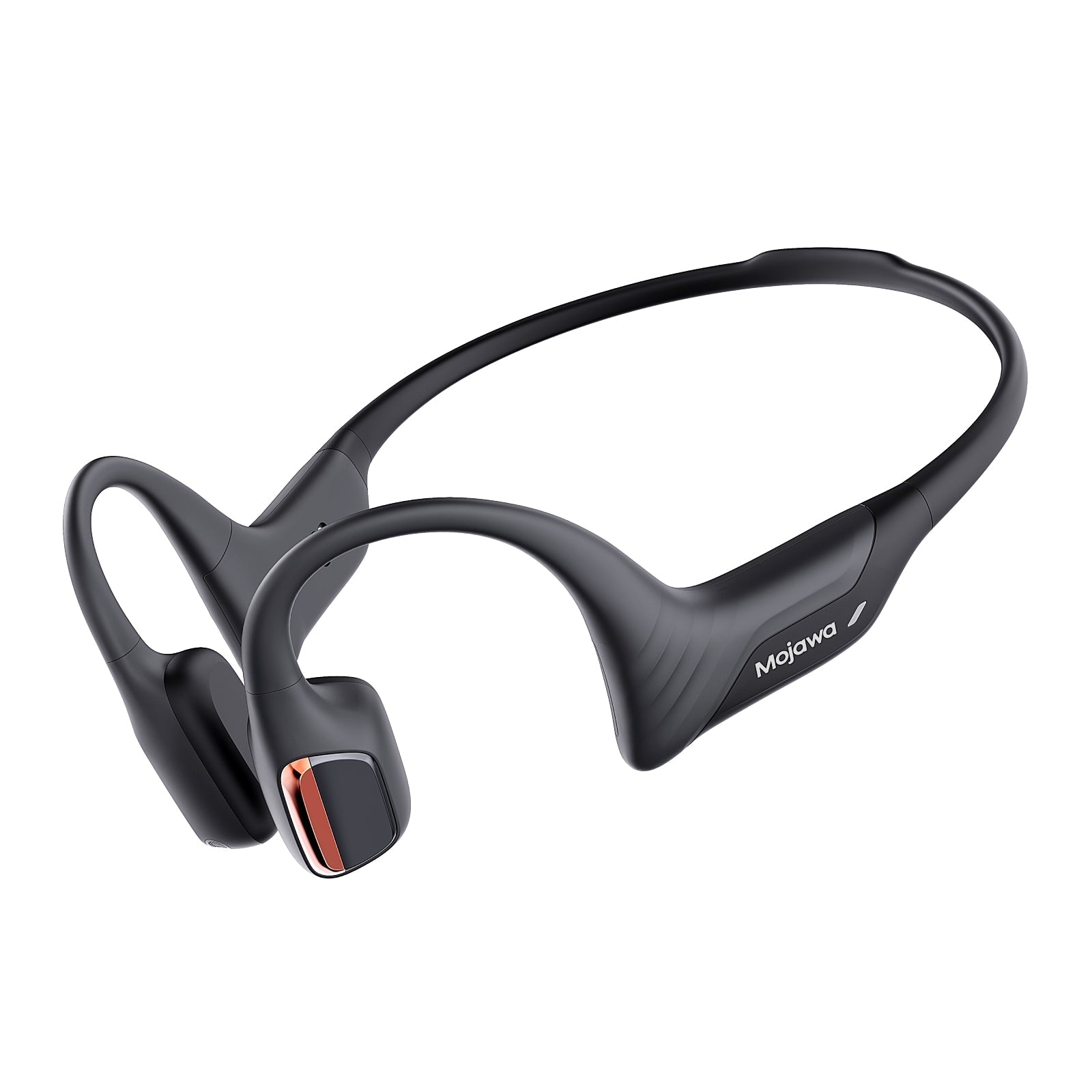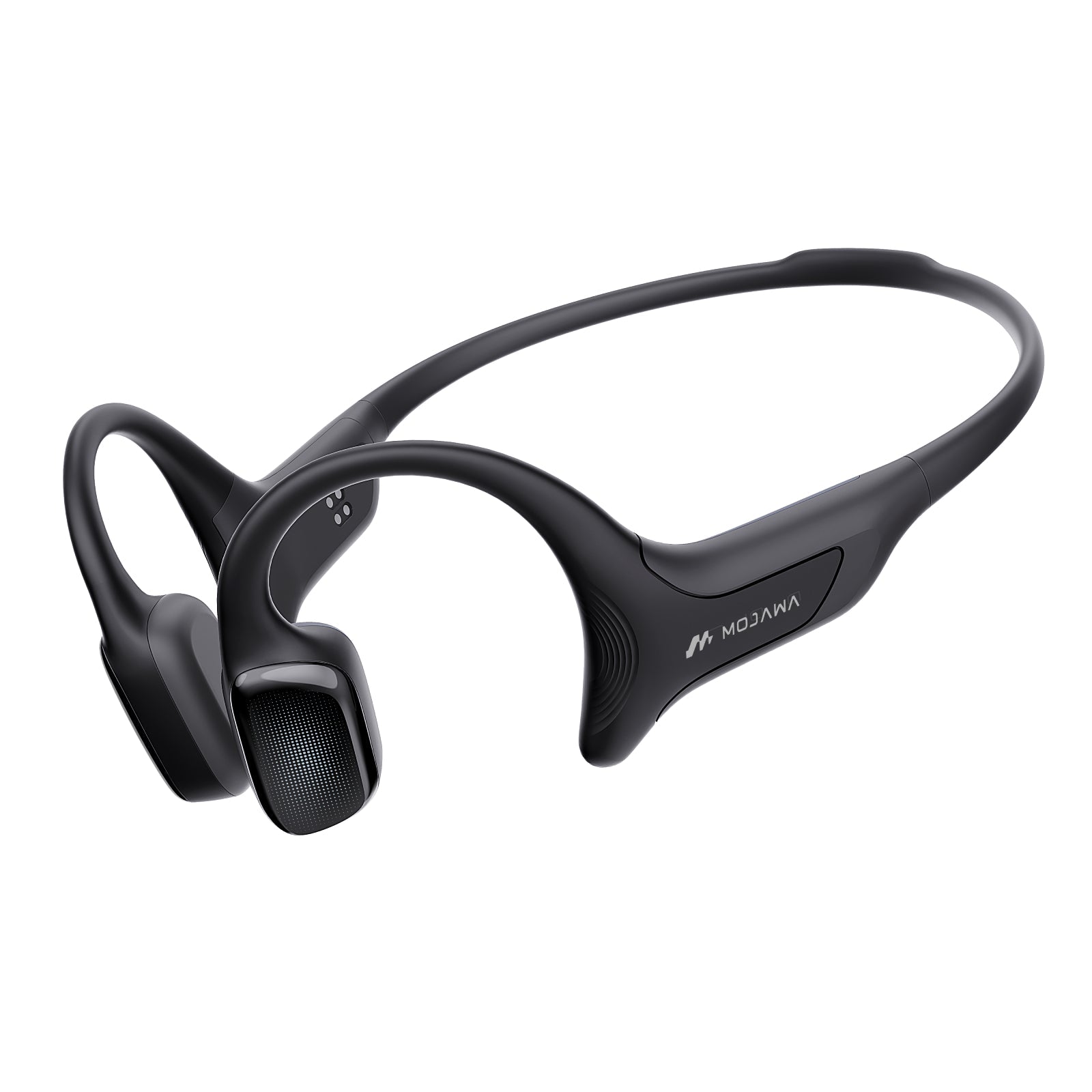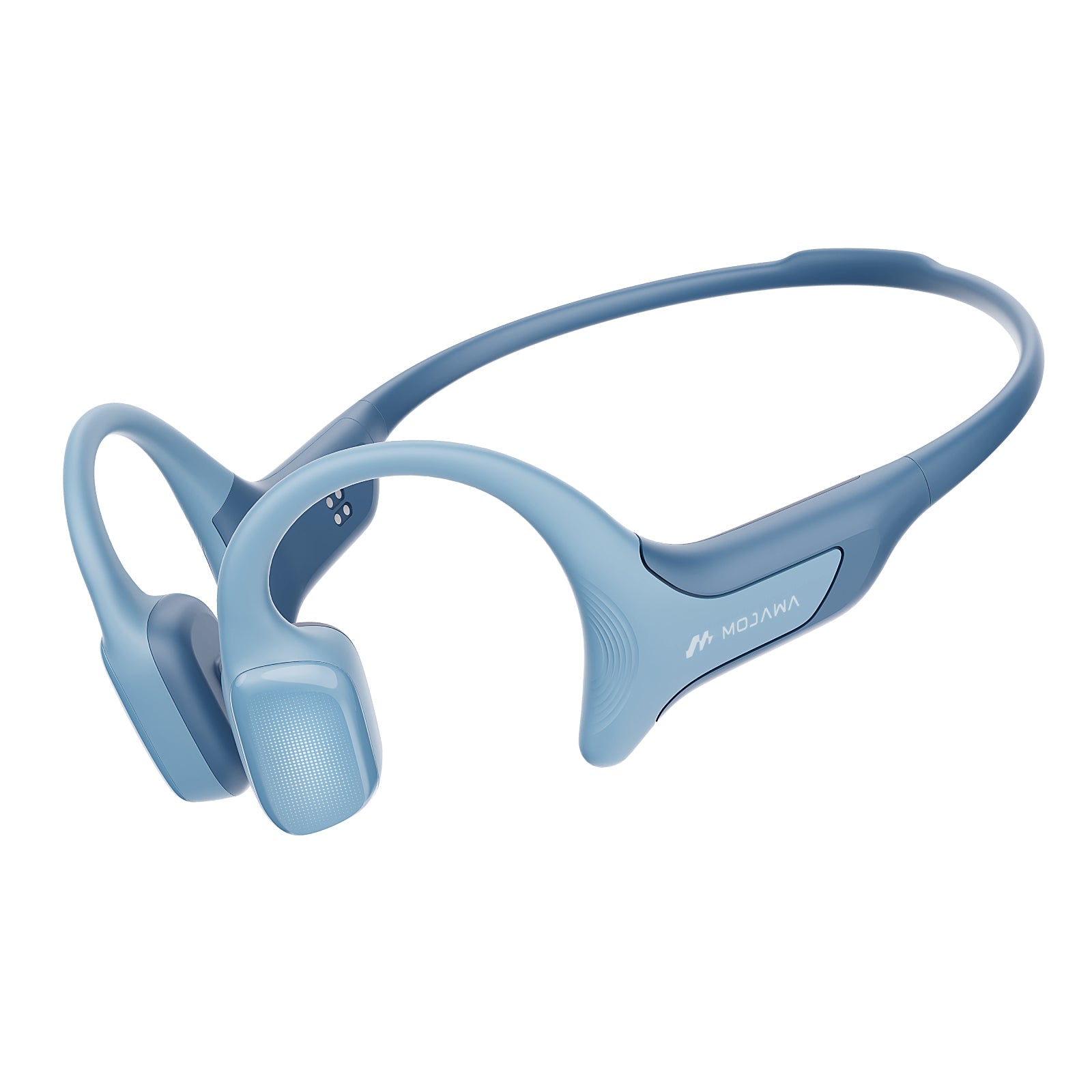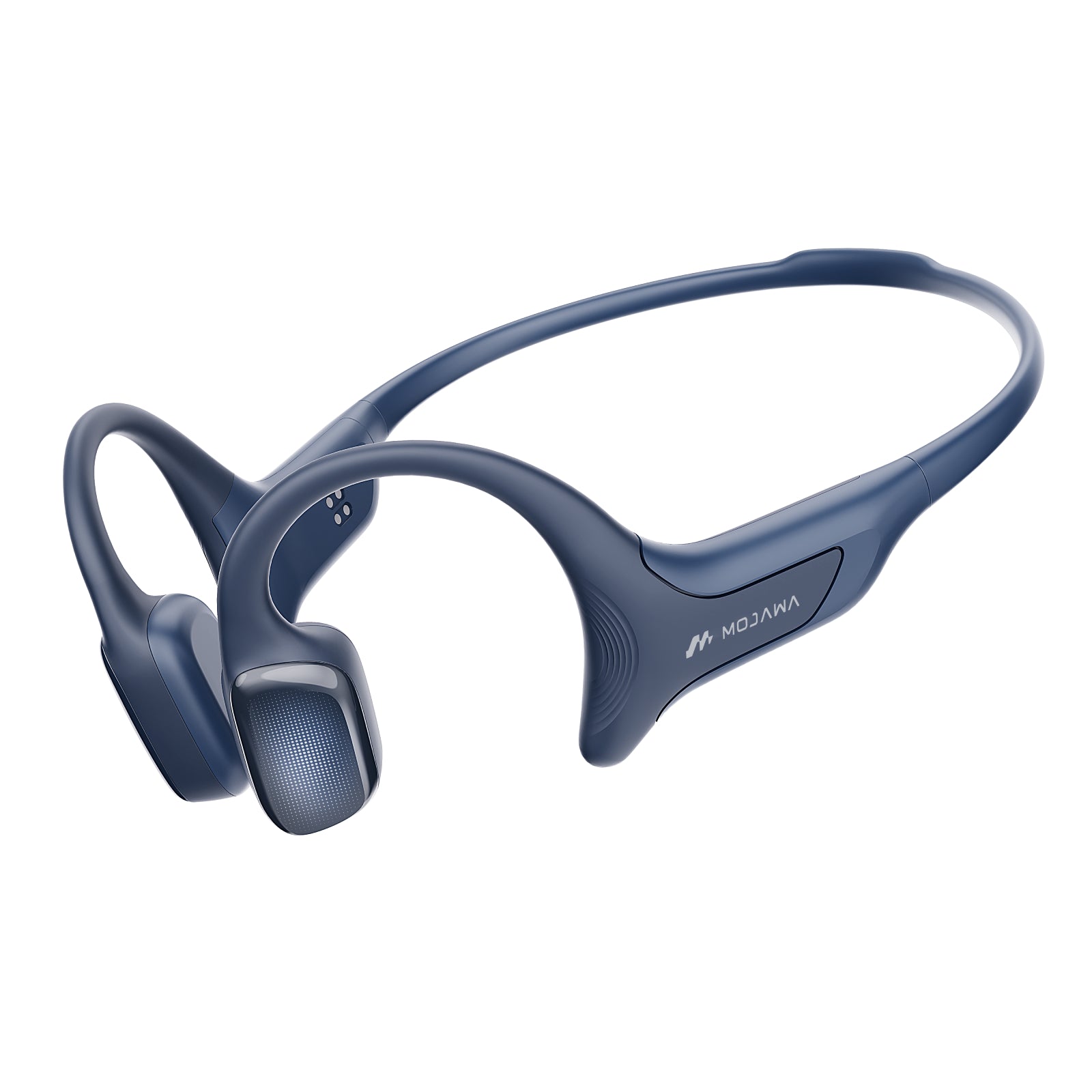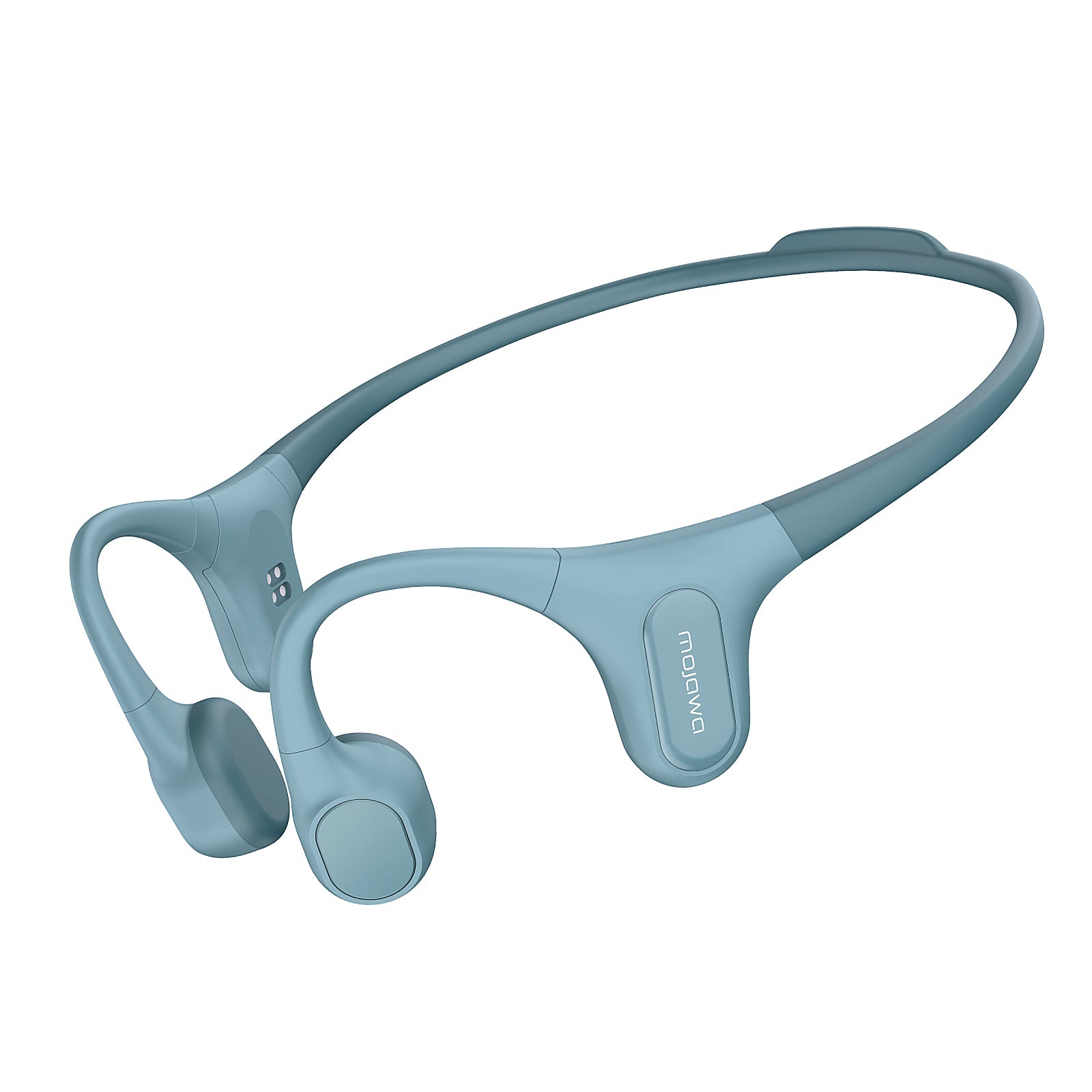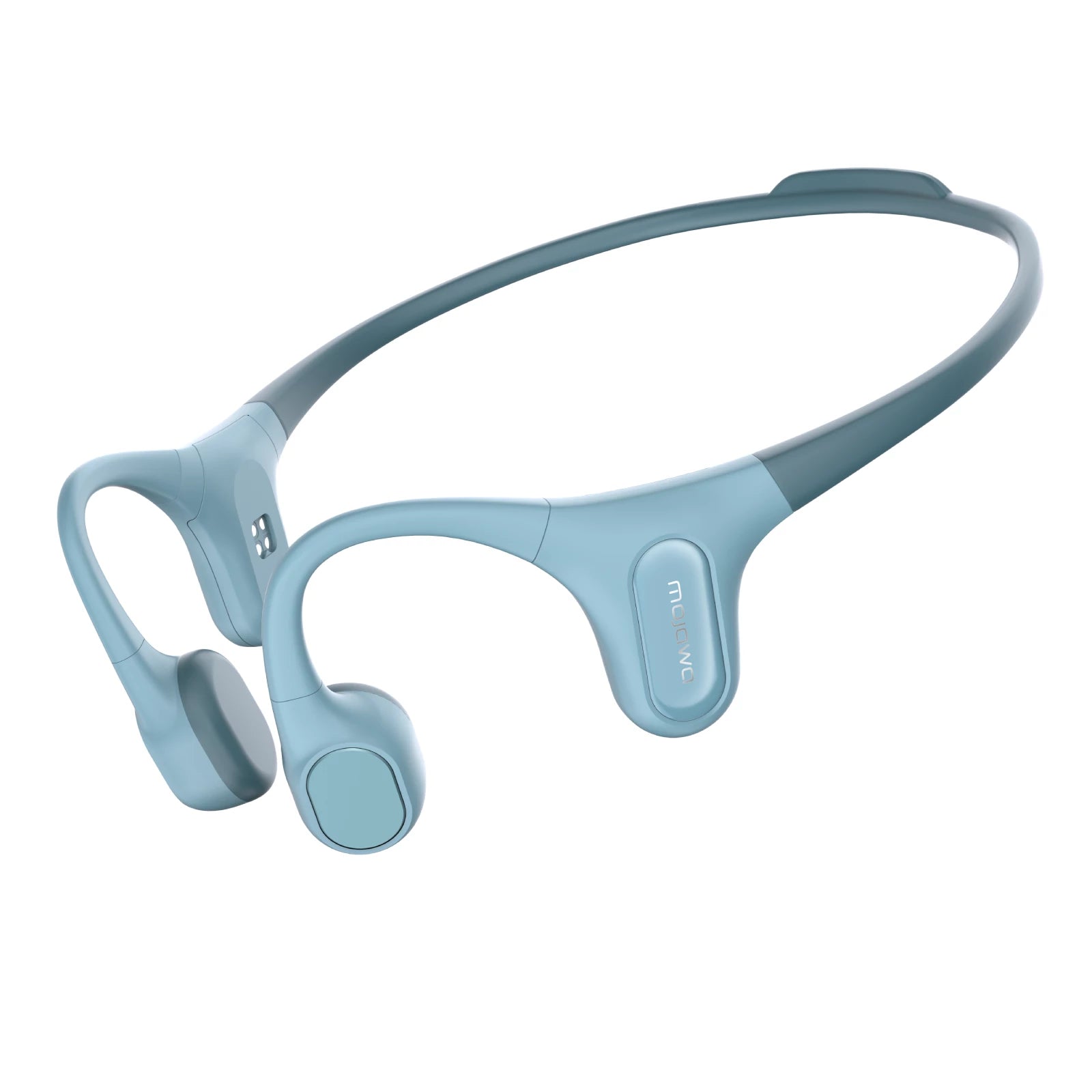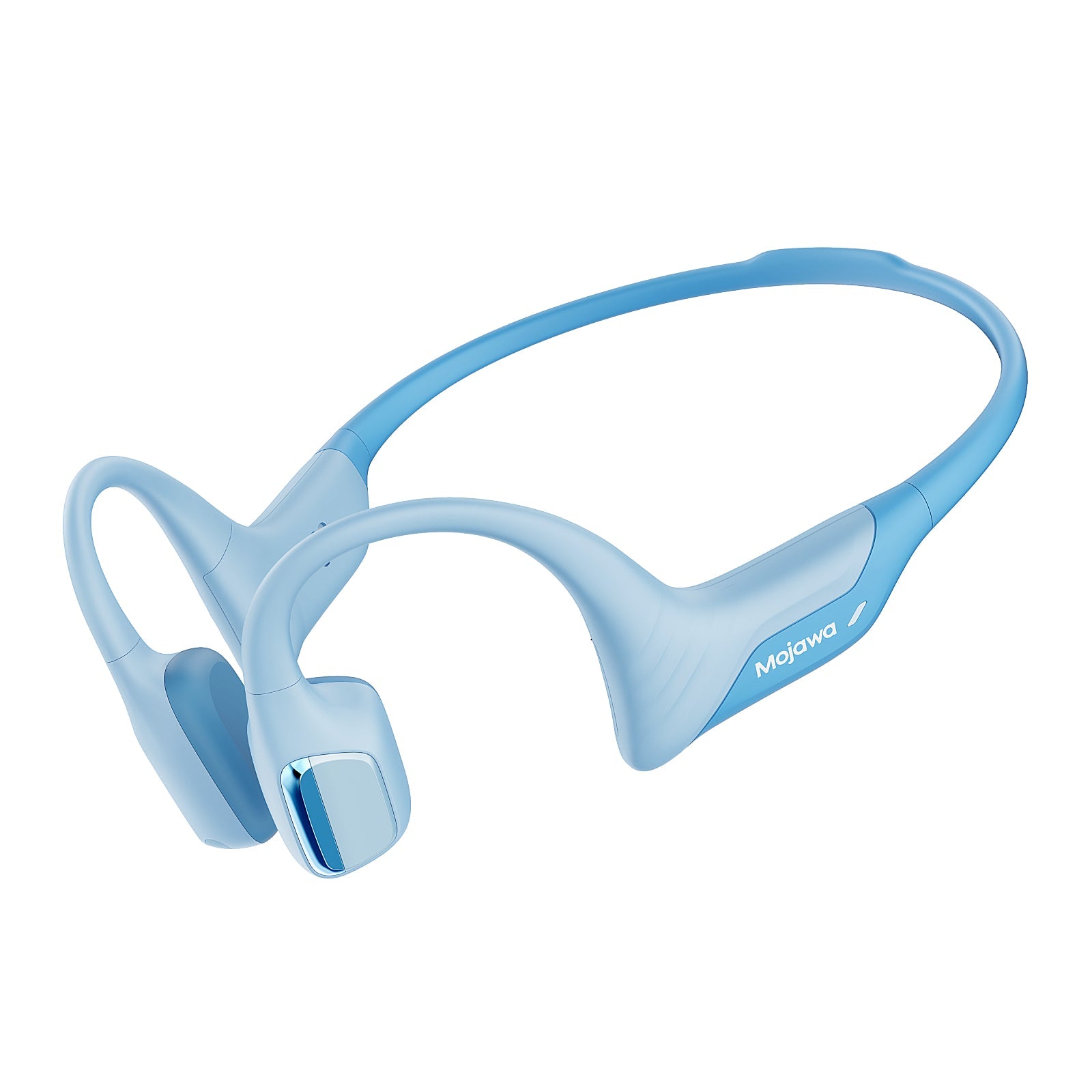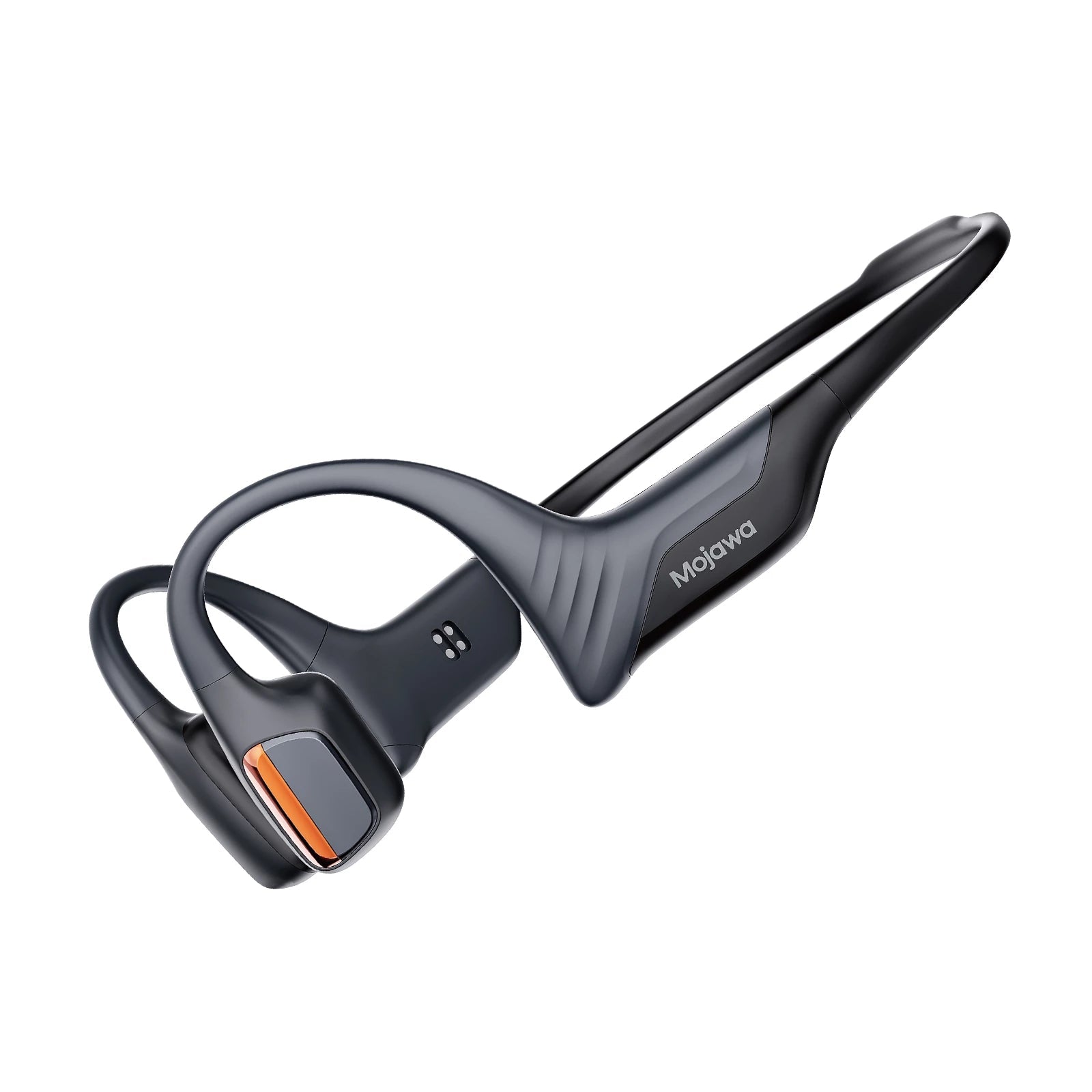Introduction
Running a marathon is a major accomplishment that requires dedication, hard work, and the right training. For first-time marathoners, it can be daunting to figure out where to even begin. Proper training and preparation are key to having a successful first marathon experience.
This blog post will provide 10 helpful training tips for those taking on their first 26.2-mile journey. Whether you're a seasoned runner looking to go the distance or a running newbie, these strategies will set you up for marathon success on race day.
Tip 1: Start with a Training Plan
The first and most important tip is to have a structured marathon training plan. Training for a marathon is not something you want to wing or figure out along the way. Most plans last 16-20 weeks which gives your body time to gradually build endurance and stamina. When selecting a training plan, make sure it aligns with your current fitness level and availability for training. You can also work with a personal trainer or coach to customize a schedule.
Having a plan in place will give you structure, guidance, and accountability. It will outline every training run building up in mileage and difficulty week after week. Your plan will also include rest days which are critical to staying injury-free.

Tip 2: Slowly Increase Weekly Mileage
A big mistake first-time marathoners make is ramping up mileage too quickly. This drastically increases injury risk. "Slow and steady" is the name of the game when it comes to building up long-run distance. For beginners, start with running 3-4 days per week and no more than 4-6 miles on longer runs.
From there, increase your weekly mileage by no more than 10 percent each week. The long run is the most important part of marathon training, so focus on slowly and progressively making that longer. Make sure to have shorter, easier runs during the week for active recovery. Listen to your body and take rest days when needed.
Tip 3: Include Cross-Training
Running 26.2 miles places a lot of repetitive stress on the body. To balance this out, make cross-training a regular part of your marathon regimen. Cross-training gives your running muscles a break while still improving cardiovascular fitness. Effective cross-training activities include swimming, biking, using the elliptical, cardio classes, strength training, and more.
Aim to cross-train 2-3 days per week as your mileage increases. On cross-training days, focus on low-impact activities to promote active recovery. Cross-training will complement your running and help prevent overuse injuries leading up to the big race.

Tip 4: Focus on Form and Technique
Proper running form and technique prevent injury while making you more efficient. Most new runners try to run too fast, with long strides, extra muscle tension, and inefficient arm swing. When training for a marathon, focus on shortening your stride and landing lightly beneath your hips. Maintain a tall posture with relaxed shoulders and a slight forward lean. Let your arms swing naturally close to the body.
You can practice form drills like high knees, butt kicks, and skipping to improve your technique. Filming yourself on a treadmill is also helpful for analyzing form. Consider taking a gait analysis at a specialty running store as well. With good form, you'll use less energy and minimize the impact on each stride.
Tip 5: Strengthen Your Core
A strong core is essential for marathon training to help maintain proper form and absorb impact. Core work not only prevents injury but also improves running economy. Aim to do core strengthening exercises 2-3 days per week. Planks, bridges, crunches, and rotational exercises are all great options.
Yoga and Pilates classes also build core strength in a way that translates to better running. As your long runs get longer during marathon training, a solid core becomes even more important. Don't skip strength work for the road ahead!
Tip 6: Stretch and Roll Out
Marathon training leads to tight muscles, especially in the legs, hips, and feet. Staying limber through stretching and foam rolling is key to avoiding strains and imbalances. Be sure to stretch after every run when your muscles are warm. Focus on major muscle groups like calves, hamstrings, quads, and hip flexors.
In addition, regularly rolling out with a foam roller or lacrosse ball can work out muscle knots and trigger points. This improves circulation and range of motion. Regular stretching and rolling will keep muscles loose and supple during your training cycle.
Tip 7: Allow for Rest and Recovery
Rest and recovery are just as important as the hard workouts when marathon training. After intense or long runs, give your body a chance to bounce back by taking a day or two of complete rest. Listen to any warning signs like overly sore muscles or nagging pains. It's better to miss a workout than be sidelined with an overuse injury.
Take it easy on recovery days by cross-training, stretching, or going for an easy shakeout run. High-intensity interval training is helpful for building fitness, but leave those workouts for 1-2 days a week max. Your body adapts and gets stronger when you rest, so don't undervalue downtime.
Tip 8: Fuel and Hydrate Properly
Nutrition and hydration are crucial during marathon training. When you're running high mileage, you need to consume enough calories and macronutrients to power training. Aim for a balanced diet with plenty of complex carbs, lean protein, and healthy fats. Stop eating 2-3 hours before long runs. Stay hydrated by drinking half your weight in ounces of water daily.
It's also imperative to fuel during long runs. Once you hit runs over 90 minutes, start taking in carbs every 45-60 minutes. Sports drinks, gels, chews, and waffles are all good options. Practice fueling on your longest runs to determine what works best for your stomach. Proper fuel and hydration will boost performance in your workouts.
Tip 9: Invest in the Right Gear
Having proper running gear makes marathon training more comfortable and enjoyable. Two key investments are a high-quality pair of running shoes and anti-chafing apparel. Visit a specialty running store and get fitted for shoes based on your gait, foot type, and running volume. Replace shoes every 300-500 miles.
Chafing and blisters from long runs can quickly derail your training. Use anti-chafe balms and bandages on problem spots. Wear moisture-wicking socks and technical fabrics that prevent rubbing. Test gear out on long runs and find what works for your body. Splurging on the right gear pays dividends over the miles.
Tip 10: Use Bone Conduction Headphones
Listening to music and podcasts is a great way to motivate and distract yourself during long solo runs. Bone conduction headphones are a top option for safe running audio. Rather than sitting inside your ear canal, they transmit sound via cheekbones to your inner ear.
This allows you to listen while still hearing surrounding traffic and noises. MOJAWA series are the leader in bone conduction headphones with patent technology to ensure sound quality, secure fit and water-proofing features, perfect for running any distance. Investing in a pair is definitely worthwhile for your marathon music motivation.

Conclusion
Completing a marathon is an exciting challenge. With the right preparation and training, any motivated runner can go the distance. Use these 10 tips to make your first 26.2-mile journey a successful one. Having a progressive training plan, good form, proper fueling, and recovery will get you ready for marathon achievement. Embrace the miles along the way, have faith in your training, and cross that finish line strong!
Read More
- The Advantages of Bone Headphones for Audiobooks and Podcasts– mojawa
- Can You Safely Listen to Music While Cycling? Here's Your Answer– mojawa
- Bone headphones vs. earplugs: Which has less impact on hearing?– mojawa
- The Power of Bass: Unraveling Our Instinctive Connection to Low Frequencies– mojawa
- Sports-Ready: Bone Conduction Headphones for Sports– mojawa


